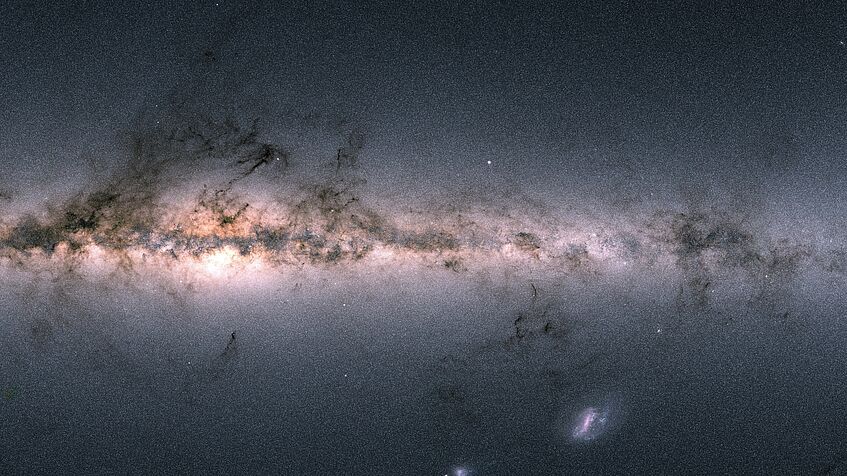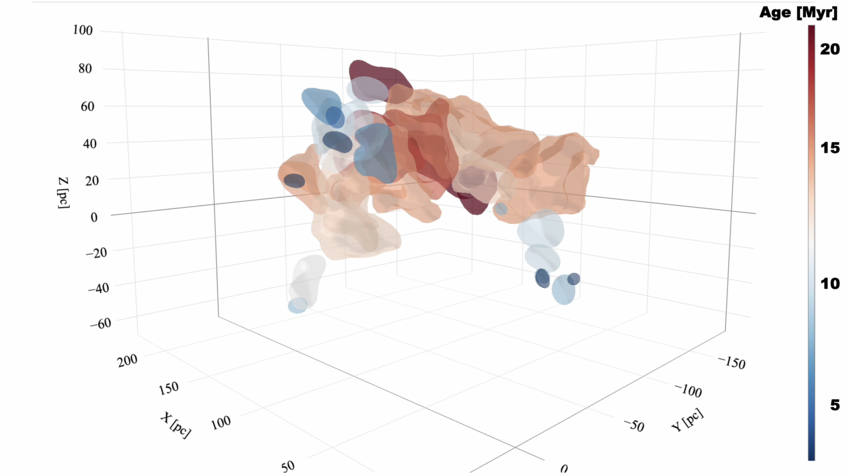Project Description
We know from empirical evidence and theoretical studies that stars that move together were born together. However, disentangling and extracting star clusters as kinematically coherent groups is notoriously difficult as almost all stars have already left their stellar siblings and are roaming the Galaxy alone. Nevertheless, the advent of Gaia data has had a tremendous impact on the search and characterization of stellar clusters, thanks to its all-sky coverage and unrivaled measurements of stars' position and velocity. These accurate observations have allowed the discovery of new types of star clusters and the testing and validation of models in 3D space in a way that was previously not possible. Due to the size of the Gaia database, machine-learning techniques have become irreplaceable in analyzing and detecting star clusters. However, these methods often come with (hidden) assumptions that do not necessarily apply to characterizing and identifying star clusters.
In this work, we use two novel methods developed by this team, SigMA and Uncover, which are machine learning methods tailored explicitly to identifying star clusters to construct Altas Galaxia Proxima, a high-accuracy master catalog of star clusters of the local Milky Way. We have successfully shown the unique capabilities of our tools in several studies. For example, in a recent study of the Meingast-1 stream (a stellar cluster that has been disrupted by the forces of the Galaxy), Uncover was able to identify ten times the number of initially found cluster members. Further, an application of SigMA to the Scorpius-Centaurus OB association demonstrated its unique ability to recover yet unseen cluster substructure. OB associations are named after the spectral type of their most prominent members, O and B-type stars (there are the most massive and brightest star types). Scorpius-Centaurus is the closest and best-studied OB association, where we identified 37 clusters, many of them previously unknown.
In parallel to creating Atlas Galaxia Proxima, we are simultaneously studying the star formation history of the local Milky Way with it. We have developed a robust statistical method to compute the age of detected star clusters to analyze the formation history of specific regions, such as the Scorpius-Centaurus region. Using the inferred age of individual star clusters, we have discovered formation patterns that suggest an ordered formation process of star clusters previously only hypothesized in the literature.
For more information, please also see our publications, where you'll find more detailed results.




